Designing a church interior that creates a welcoming and functional space for worship and community gatherings is an intricate and thoughtful process. Key elements of church interior design include fostering a warm environment, reflecting historical and aesthetic values, and ensuring the space meets the practical needs of its users. Here are some essential considerations for crafting a well-planned church interior design.
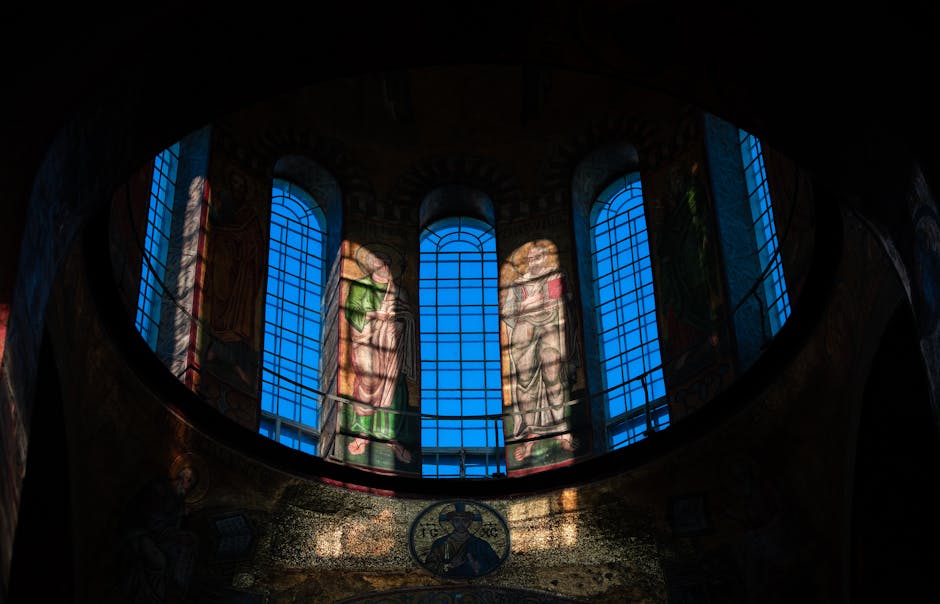
A church serves as a place for individuals to connect with God and build relationships within the community. The design should reflect and support these dual purposes, creating an environment that facilitates both worship and social interaction.
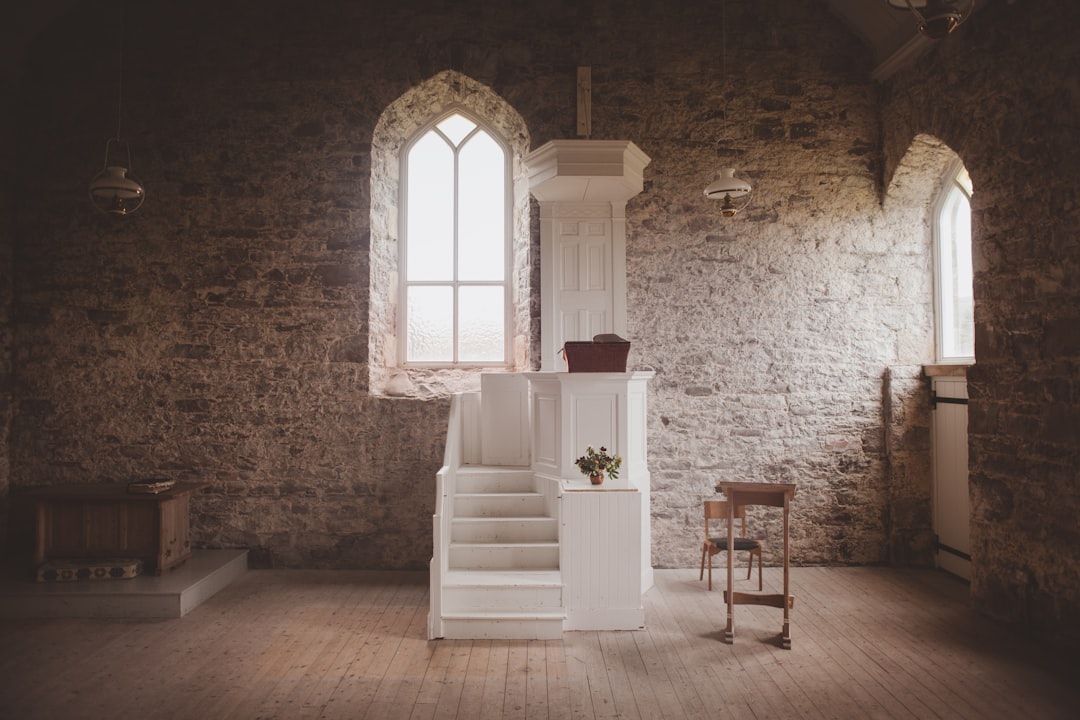
The interior of a church should feel warm and inviting, offering a home-like atmosphere for regular attendees and visitors alike. Key areas include the lobby and sanctuary, each designed to enhance the overall experience:
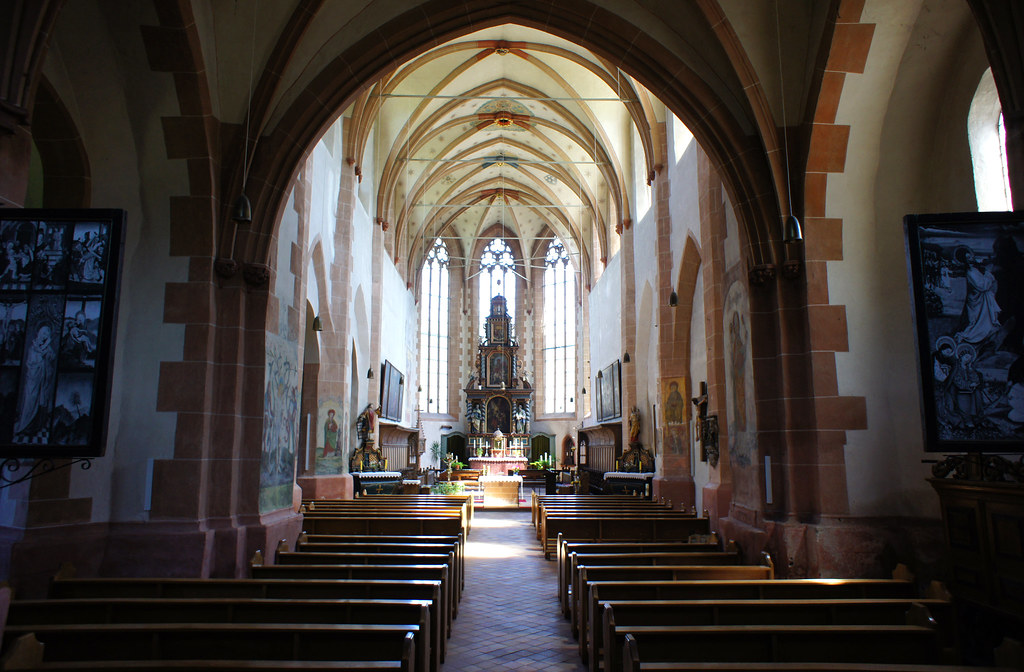
Church interior design should prioritize community engagement, promoting connections among worshippers and visitors. Features that nurture community spirit include:
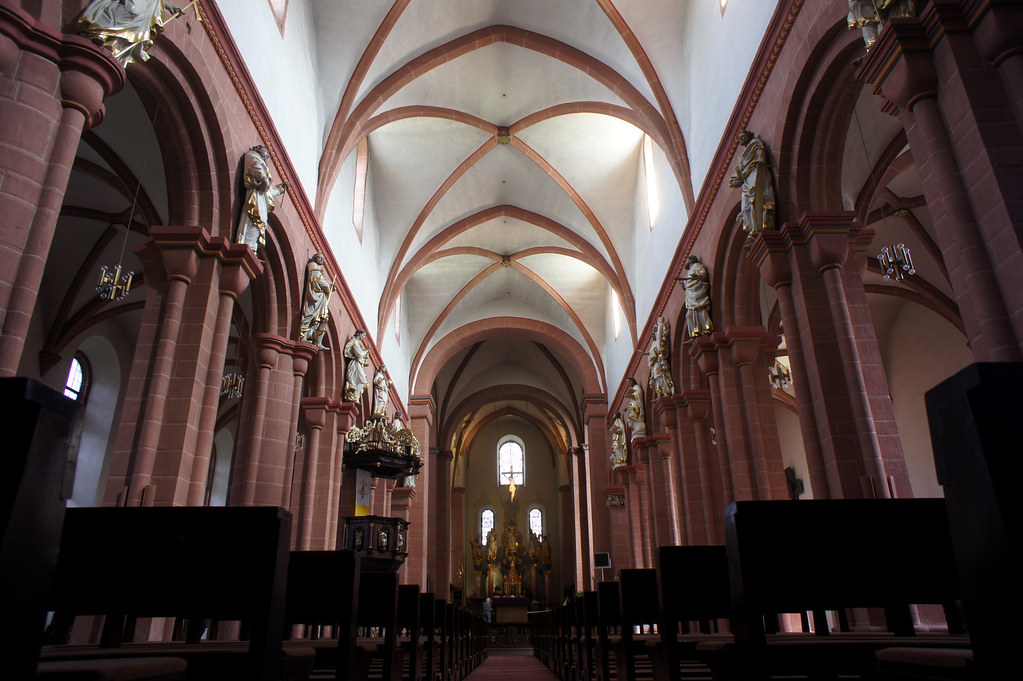
For churches with historical significance, it's essential to acknowledge and complement the existing architectural style. Design choices should harmonize with traditional elements, preserving the unique features like stained glass and stone steeples while avoiding modern fixtures that may clash with the original aesthetics. For inspiration and more information, consider reviewing examples of historical church design.
Choosing durable materials is crucial for areas with heavy foot traffic, such as flooring and seating. Opt for materials that require minimal upkeep and remain aesthetically pleasing over time. Special consideration should be given to areas designated for children's ministries, which may experience more wear and tear. Incorporating ergonomic seating options can enhance comfort for attendees and ensure a welcoming environment.
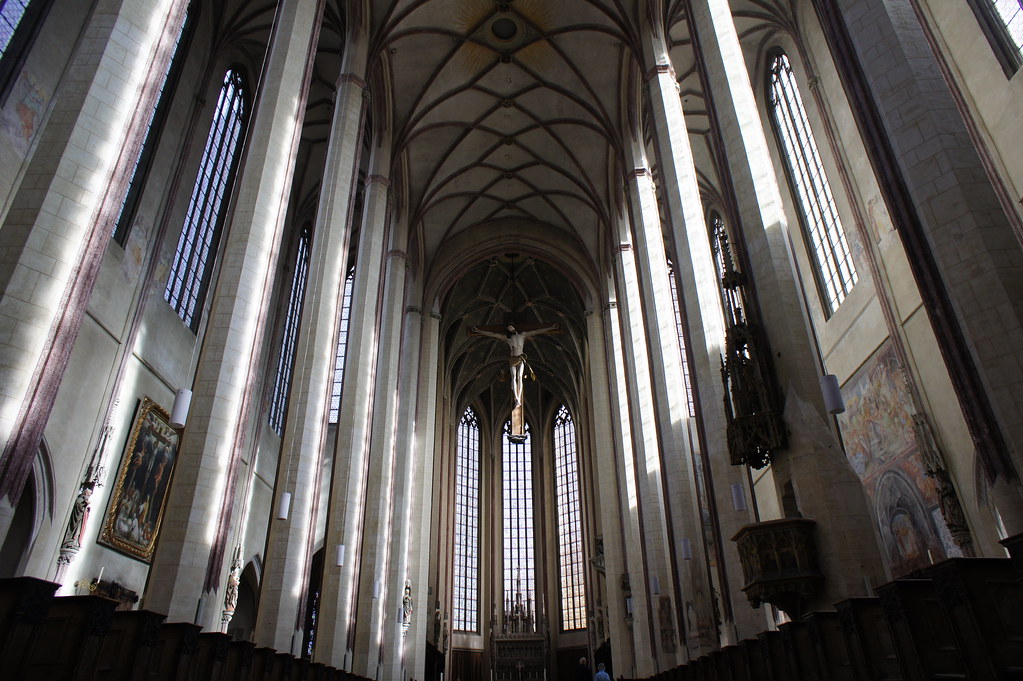
A cohesive color palette throughout the church helps create differentiation between rooms while maintaining overall harmony. Reupholstering existing furniture to match the chosen color scheme can enhance the cohesiveness and aesthetic appeal of the space.
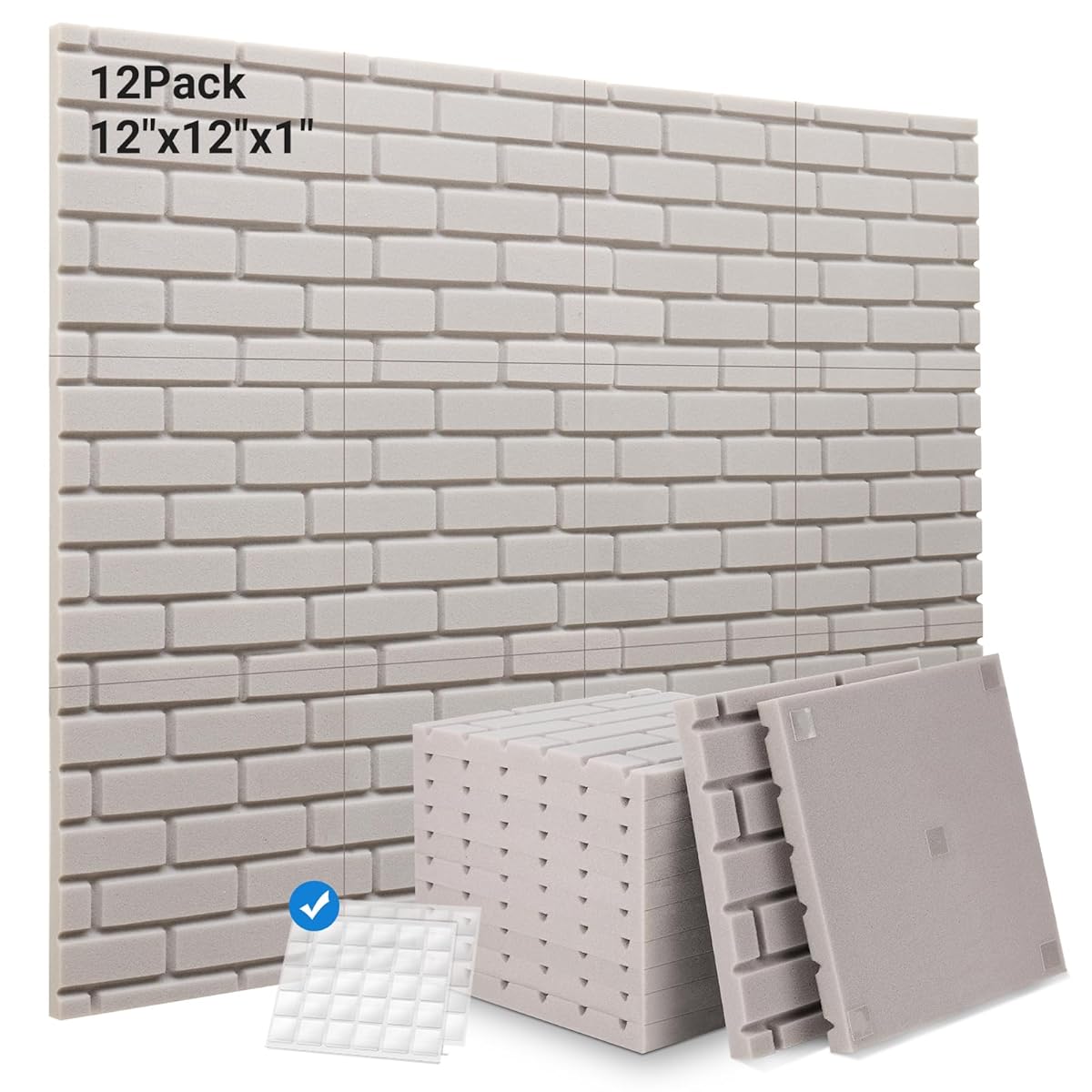
| Design Element | Considerations | Examples |
|---|---|---|
| Lobby | First impressions, central hub, lighting, directional signs, distinct spaces | Front desk, natural light, clear signage, coffee corner |
| Sanctuary | Comfort, beauty, restoration, decorative painting, altar refinishing | Comfortable seating, restored artworks, murals, enhanced altar |
| Community Areas | Intimate areas, coffee spots, acoustic improvements | Furniture clusters, café-like spaces, sound-absorbing materials |
| Color Scheme | Consistency, cohesive palette, reupholstering | Selected interchangeable colors, matching furniture |
| Materials | Durability, minimal upkeep, aesthetic appeal | High-traffic floor materials, children's ministry areas |
By focusing on these key elements, church interior design can create spaces that are both functional and visually appealing, honoring the church's history and fostering a sense of community and spiritual connection. To gain further insights, you might explore resources such as Congregational Church interior designs or learn about specific elements through historical church interiors from the Morse Museum.

Immerse yourself in architecture’s most boundary-pushing ideas—where innovative home improvements meet visionary urban developments. Discover new building techniques, materials, and creative concepts that are redefining how we shape our spaces on a global scale.